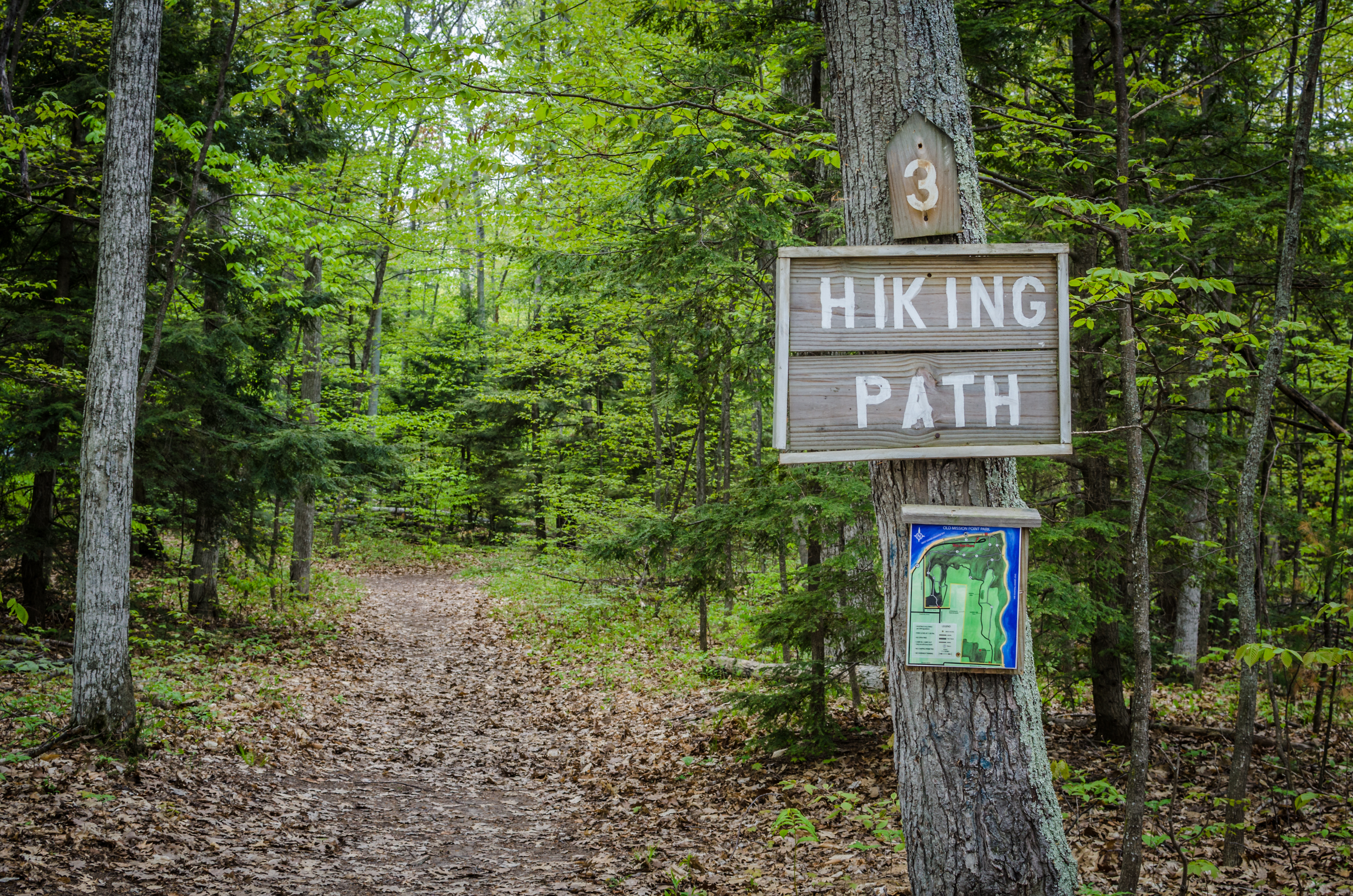Why Hiking?
Hiking is a recommended physical activity for people with diabetes or prediabetes. It is less vigorous compared to other exercises and for a diabetic with hypoglycemia; since it’s less likely to change their blood sugar level drastically. For those suffering from diabetes complications like high blood pressure, heart disease, arthritis, and neuropathy, hiking as an exercise is quite beneficial and recommended.
Hiking can burn up to 250 calories per hour and helps in managing the blood glucose level by raising insulin sensitivity and carbs metabolism for the next 24 hours after your hike.
Before you start hiking, consult your doctor and know how it could affect your medication, blood sugar levels, and other parameters.
Tips & Tricks for people with diabetes to plan their perfect hiking trip:
- Let the group of people you are hiking with know you have diabetes so they know how to respond when you have a low blood sugar episode while taking a hike. Also wear your diabetes ID bracelet always.
- During your hike, make sure you monitor your blood sugar a lot more frequently compared to what you normally do at home. So test your blood sugar before and after you eat, before and while hiking, right after waking up and before sleeping.
- Carry some extra snacks and instant glucose gels to take in case of extreme low glucose episode or sudden hunger pang.
- Consume electrolytes and keep yourself hydrated with lots of water.
- Put together your own first aid kit for diabetes which includes chewable aspirin, diabetes medication, extra insulin needles, backup of insulin bottles, digestible candy, bandages, blood glucose monitor, hand sanitizer and saline solutions, also a spare battery for your glucose meter or insulin pump.
- Make sure you wear proper hiking footwear and keep your feet dry. Be careful from getting cuts, wounds or abrasions while hiking.
- Keep your insulated gel pouch in cold water for it to stay cold for up to 48 hours, in case you are hiking in hot weather and if your insulin requires refrigeration.
- Keep a communication device with you to keep in touch with your partner at hiking or the group you are with. Also carry a map along with you in case your device loses its signal.
- Learn how to properly use your hiking equipment’s you are provided with. Do a thorough research and then begin.
- Research the trails you want to take for your hike as few trails may be shut down in some seasons and a few trails might not suit your diabetic condition that may cause complications, so it’s best to avoid those and stick to your limits.
So pack your hiking bag and get along the trail to experience this fun activity!
















